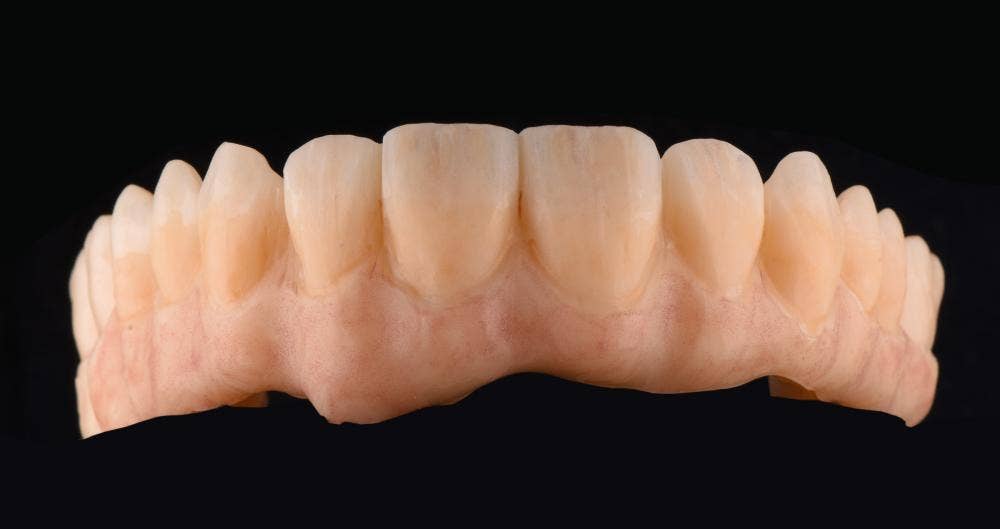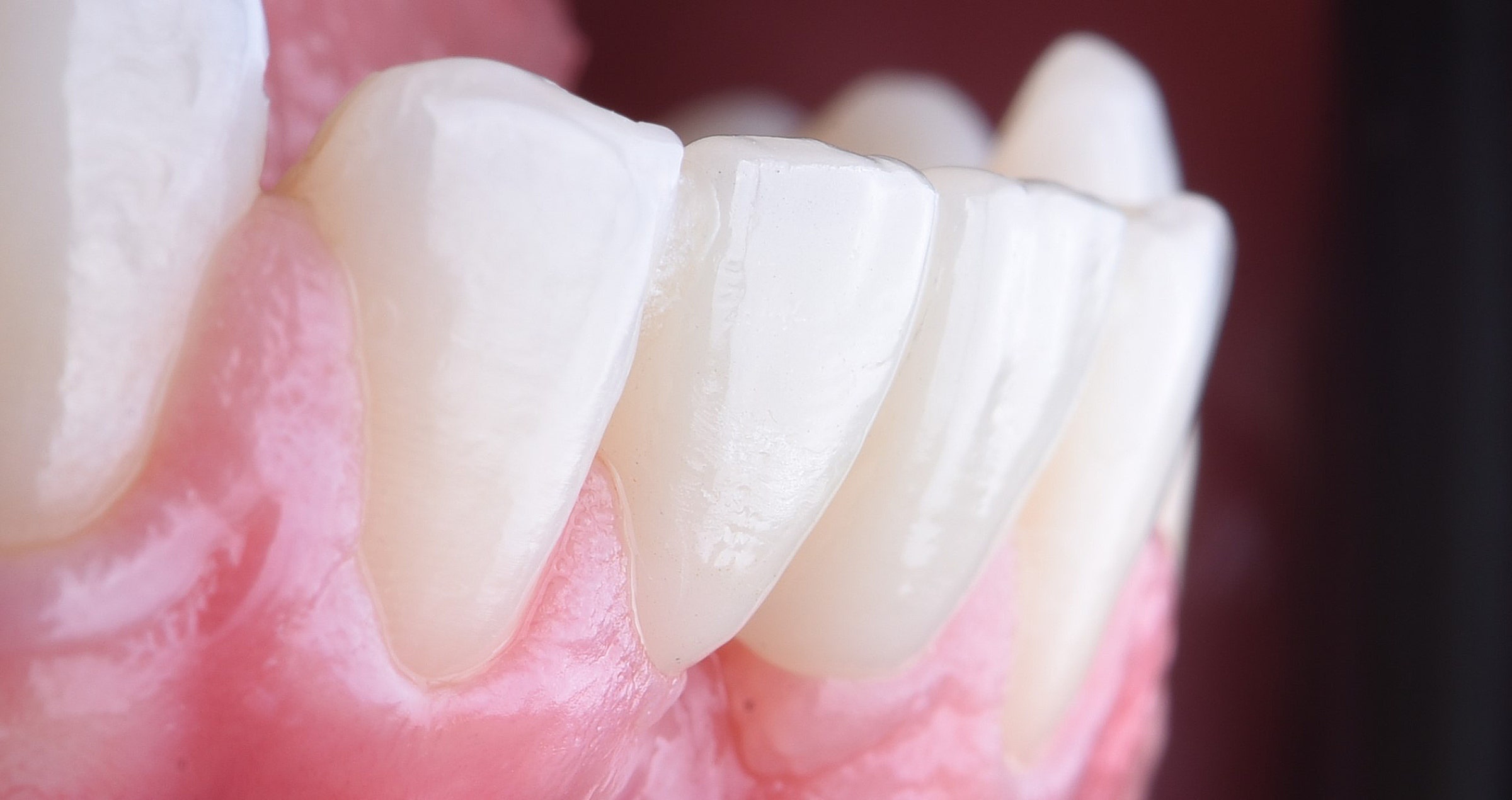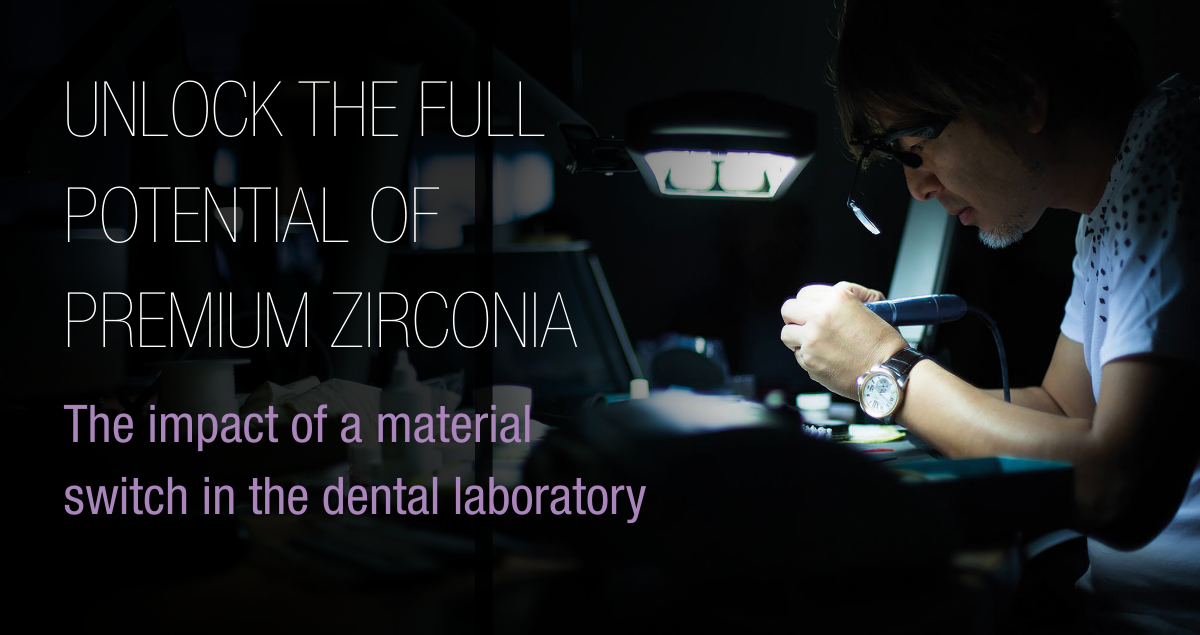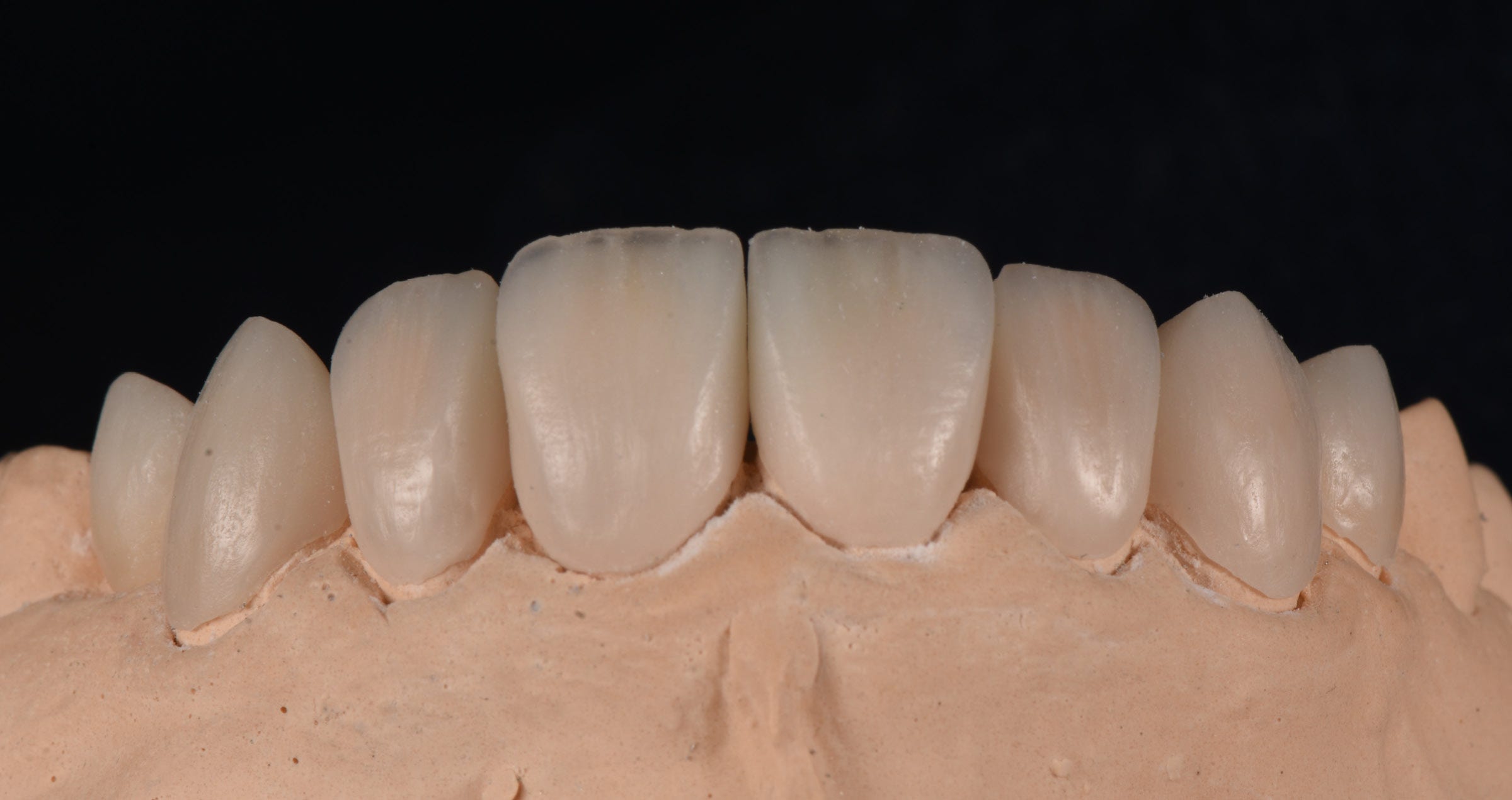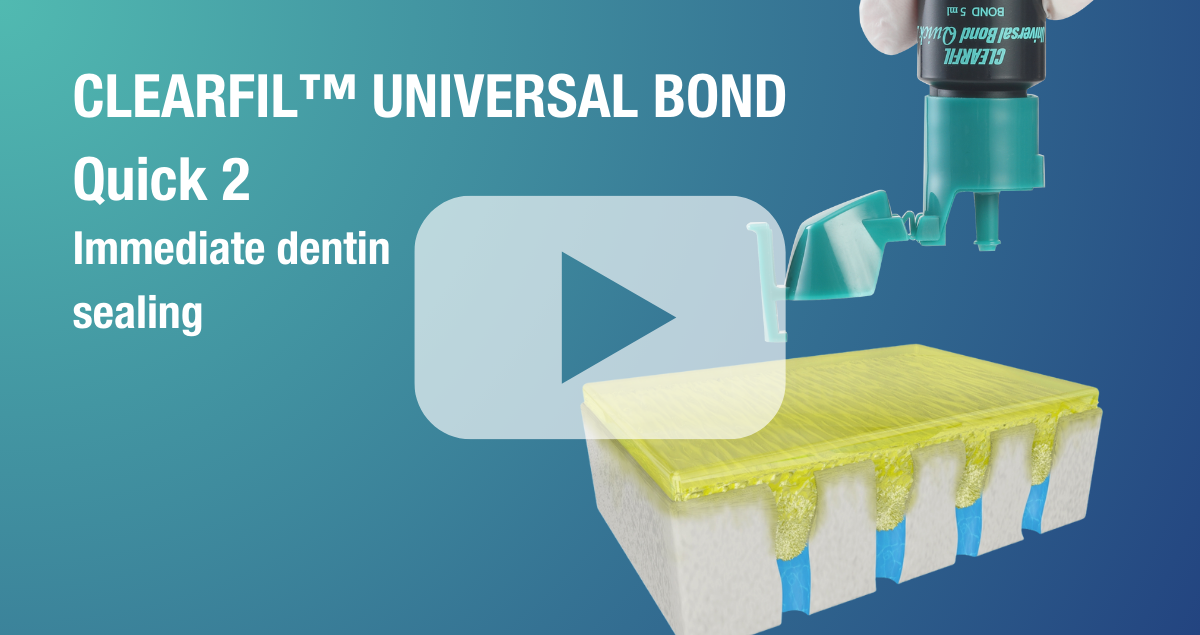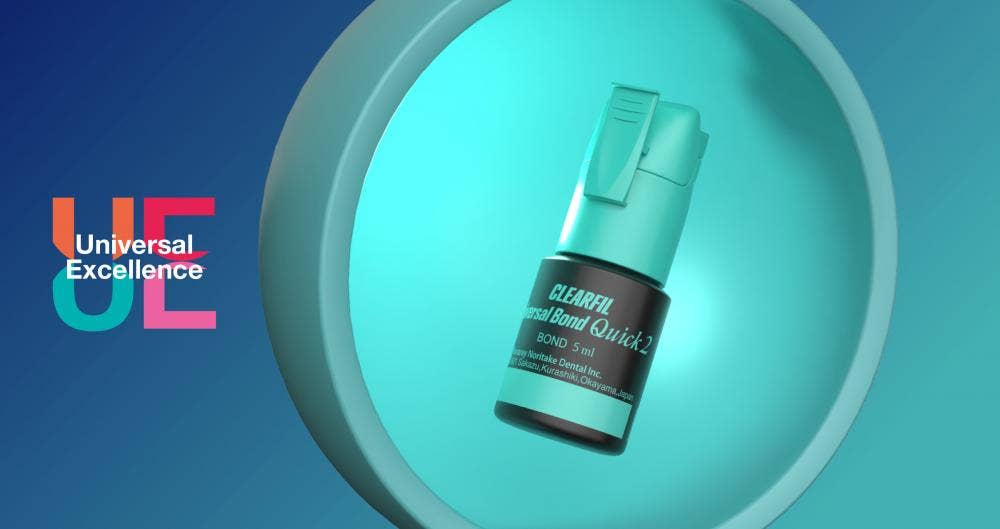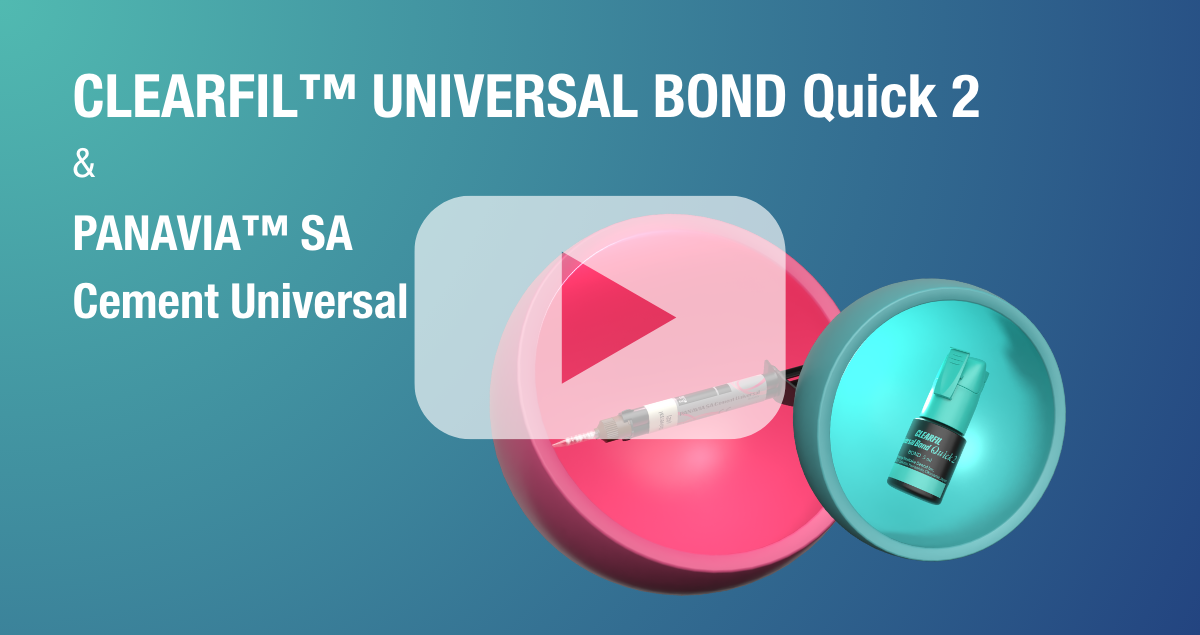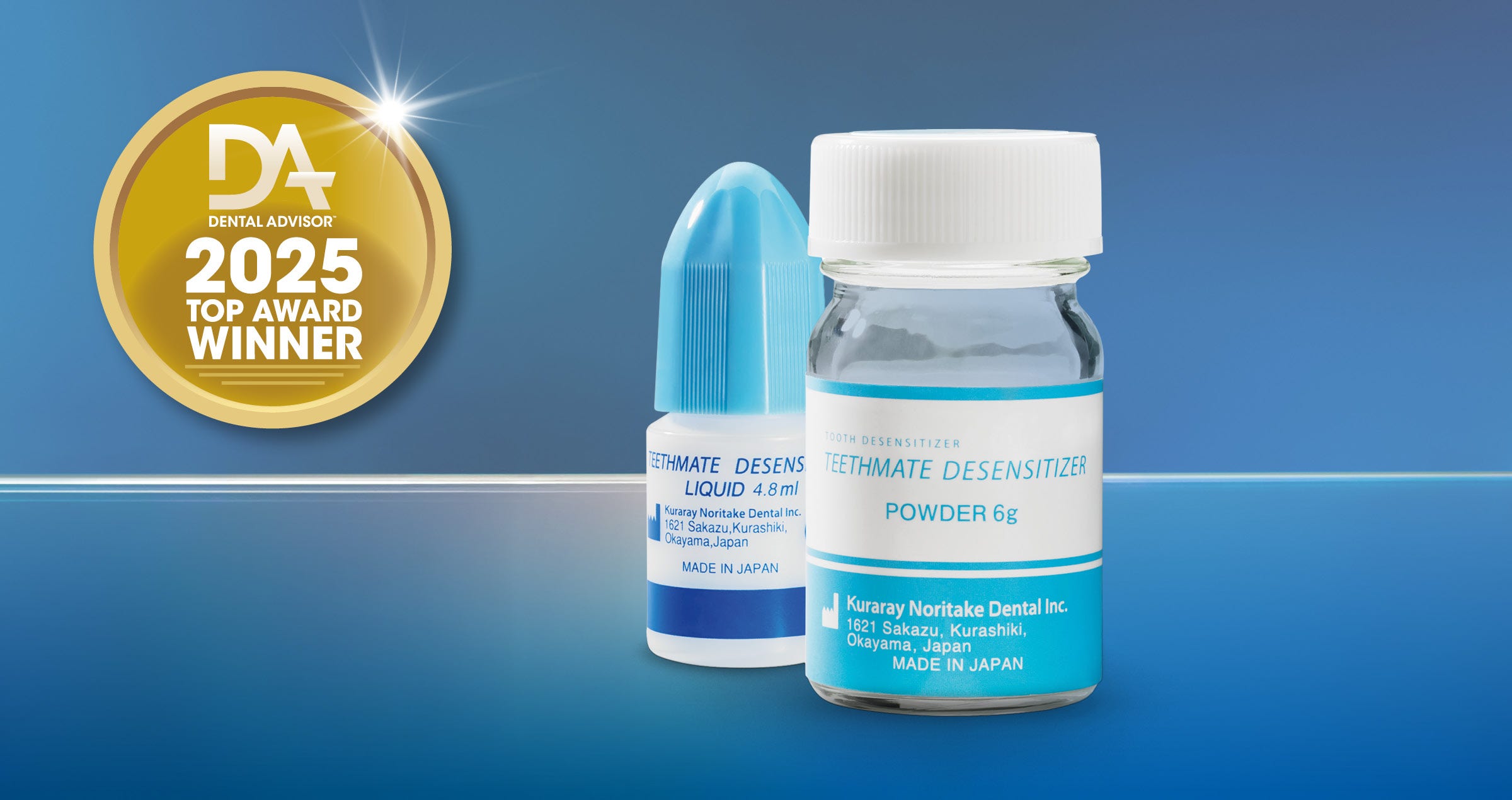High-quality treatment is probably the most important element on the road to patient satisfaction. During every single appointment, the patient wants to feel well cared for by a skilled professional, while chair time and the number of appointments should be reduced to the necessary minimum. This implies that, in the context of prosthodontic treatment, a restoration needs to fit perfectly straight away and be stable over time to avoid remakes and extra appointments.
As explained in the first part of this series of articles, the quality of the selected prosthetic material – e.g. zirconia – has a decisive impact on the design, overall quality and long-term performance of definitive restoration. That is why you as a dental practitioner should
- order restorations that are produced domestically or in a region with the same standards as your own,
- know about the source of the zirconia your laboratory partner uses, and
- avoid deals that are too good to be true.
WHY ASK YOUR LABORATORY TO USE KATANA™ Zirconia
When quality matters, and you want to be sure that the zirconia restorations from your dental laboratory partner offer the desired mechanical and optical properties, requesting KATANA™ Zirconia can be a wise choice. This family of high-quality dental materials provides laboratories with everything they need to deliver restorations that you and your patients will appreciate, regardless of indication and no matter how unique the requirement. This is largely thanks to two factors: sophisticated multi-layered technology and a meticulous blank production process.
THE KEYS TO BRILLIANT AESTHETICS
Early zirconia materials often had a whitish, opaque appearance and were used mainly as framework materials. On the other hand, the dental zirconia used by dental laboratories today is typically pre-shaded and available in various levels of translucency. Some blanks even offer multi-layered technology: Recognising the importance of varying chroma and translucency in different areas of a natural tooth, Kuraray Noritake Dental Inc. has pioneered this trend. In 2013, the company became the first to introduce a blank with a polychromatic structure (KATANA™ Zirconia ML), featuring a natural gradient in chroma and a seamless transition between layers for a tooth-like appearance.
Initially developed for monolithic restorations, which are just polished or characterized with external stains and glazed, this new type of zirconia also inspired the micro-layering technique. Here, restorations are designed in full contour with only a slight cutback in the vestibular area, allowing for subtle porcelain effects that replicate the optical properties of enamel.
Continuous improvements of this first multi-layered zirconia generation ultimately resulted in the current zirconia portfolio offered by Kuraray Noritake Dental Inc. It consists of a multi-layered block for chairside milling machines, a classical framework material, and the KATANA™ Zirconia Multi-Layered discs series – even including a blank with flexural strength gradation:
Fig. 1. Four-layer colour structure of the KATANA™ Zirconia Multi-Layered series
KATANA™ Zirconia Block – Multi-layered block for chairside milling (available for CEREC and other chairside milling machines), with an 18-minute speed-sintering option* for natural tooth-coloured single restorations and short-span bridges.
*Speed-sintering option available only with compatible furnaces.
KATANA™ Zirconia HT – High-strength zirconia for single-unit copings and long-span bridge frameworks, available in five different disc thicknesses.
KATANA™ Zirconia UTML – Ultra-translucent zirconia with a multilayered colour structure, ideal for monolithic anterior restorations including veneers.
KATANA™ Zirconia STML – Balanced translucency and strength for beautiful monolithic restorations, with natural colour gradation. This variant is ideal for crowns and up to three-unit bridges.
KATANA™ Zirconia HTML PLUS – High-translucency option with the strength needed for long-span bridges, offering vivid, natural colour.
KATANA™ Zirconia YML – Advanced zirconia with colour, translucency and strength gradation, featuring a strong body and highly translucent enamel layer for a virtually unlimited indication range.
THE KEYS TO HIGH-QUALITY RESTORATIONS
Zirconia quality depends on factors such as raw material purity, chemical composition, grain size and particle distribution. Every stage of production – from powder preparation to pressing and pre-sintering – affects the final mechanical and optical properties. Kuraray Noritake Dental Inc. optimises each of these steps to achieve consistently high quality.
1. RAW MATERIALS
Unlike most manufacturers who purchase pre-fabricated powders (from partners like Tosoh Corporation), Kuraray Noritake Dental Inc. produces all components in-house, including zirconium oxide, yttrium oxide, aluminium oxide, and those elements forming the company’s proprietary multilayer technology. This innovative technology is used to form a polychromatic blank structure and – in the case of KATANA™ Zirconia YML – additional translucency and flexural strength gradation.
Fig. 2. Powder for KATANA™ Zirconia
BENEFITS
- Natural translucency
- Shades matching VITA classical A1-D4™ shade guide concept
- Well-balanced flexural strength
- Precise millability for outstanding fit
- High ageing resistance
- Predictable sintering performance
2. PRESSING
A uniform density distribution throughout the blank and homogeneous material structure are essential for predictable processing outcomes and accurate fit. Kuraray Noritake Dental Inc. uses a unique pressing process that is designed to create even pressure distribution, minimise airborne particle contamination and reduce gravitation forces. This results in the desired purity and density of the zirconia blanks.
BENEFITS
- Uniform mechanical and optical properties
- Outstanding edge stability
- High surface quality
- Controlled sintering deformation
3. PRE-SINTERING
Pre-sintering gives pressed blanks the stability needed for milling. The selected temperature profile and duration of the pre-sintering cycle determine the material’s strength and hardness and processing properties, and have an impact on the final sintering process. The procedure used by Kuraray Noritake Dental Inc. results in blanks that are stable yet easily machinable with standard diamond-coated tools, without increased breakage risk or excessive tool wear.
Fig. 3. Restoration margins have been milled to a very thin profile, and yet they still show smooth margins without any chipping
BENEFITS
- High surface quality after milling
- Shorter sintering times possible (54 minutes for single tooth restorations and bridges with up to three units made of KATANA™ Zirconia UTML, STML, HTML PLUS or YML; 18 minutes in the case of KATANA™ Zirconia Block)
EVERYTHING YOUR LABORATORY PARTNERS NEED
Whether your partners in the laboratory prefer to work with different zirconia variants tailored to specific needs or a single material for all indications, whether they prefer full porcelain layering or simplified finishing techniques: KATANA™ Zirconia delivers the versatility needed – with a consistently high quality aimed at exceeding expectations.
Knowing this – and knowing how to distinguish high from poor quality zirconia materials – allows you to contribute significantly to the high quality of the prosthetic work produced in the dental laboratory. If you then also establish a well-structured, standardized and bidirectional flow of information maintaining records between practice and laboratory (e.g. by using checklists or a digital platform), all members of the restorative team are able to perform at their best for predictable treatment outcomes and long-term success.
COMPLEMENTARY PRODUCTS FOR THE DENTAL PRACTICE
Regarding the remaining clinical steps like the successful cementation of the delivered zirconia restorations, Kuraray Noritake Dental Inc. is a trustworthy partner, too: As well as offering complementary products for polishing, staining, glazing and veneering of zirconia restorations, the company is also a leading provider of clinical products such as resin cements, adhesives and cleaning agents. KATANA™ Cleaner, for example, can be applied both intra-orally and extra-orally, removing contamination from the bonding surfaces (tooth and restoration) after try-in. Applied to the pre-treated surface directly after cleaning, high-performance resin cement systems like PANAVIA™ V5 establish a strong bond to tooth structure and zirconia (as well as other restorative materials), so that high success rates are achieved even with partial restorations that offer minimal macro-mechanical retention1,2. Finally, if modifications are needed, TWIST™ DIA for Zirconia is a great option. It is suitable for polishing intra-orally and delivers a natural surface gloss. The products are well aligned and designed to complement each other for smooth workflows and outstanding results.
Literature
1. Blatz MB, Alvarez M, Sawyer K, Brindis M. How to Bond Zirconia: The APC Concept. Compend Contin Educ Dent. 2016 Oct;37(9):611-617; quiz 618. PMID: 27700128.
2. Alqutaibi AY, Alghauli MA, Almuzaini SA, Alharbi AF, Alsani AA, Mubarak AM, Alhajj MN. Failure and complication rates of different materials, designs, and bonding techniques of ceramic cantilever resin-bonded fixed dental prostheses for restoring missing anterior teeth: A systematic review and meta-analysis. J Esthet Restor Dent. 2024 Oct;36(10):1396-1411.



